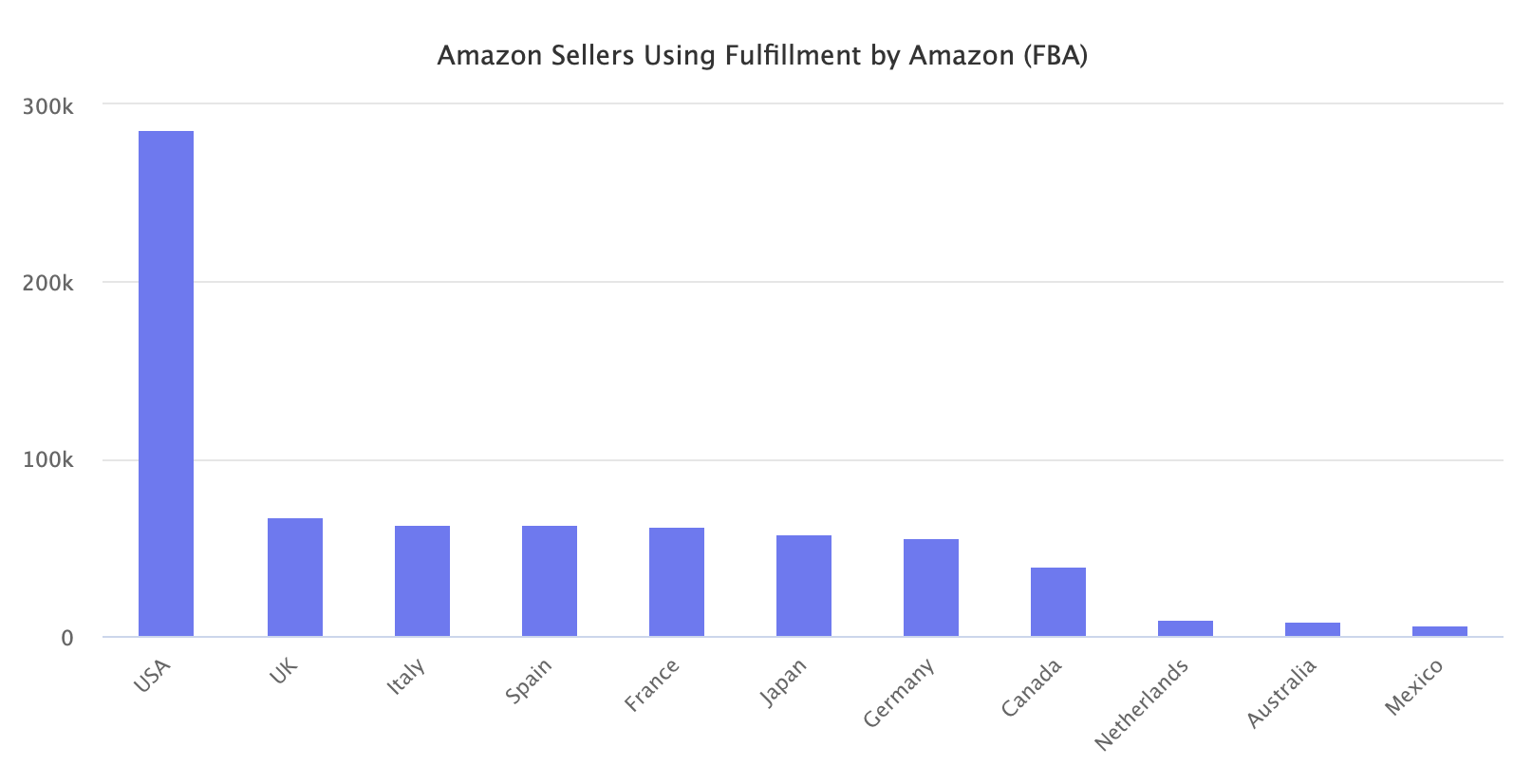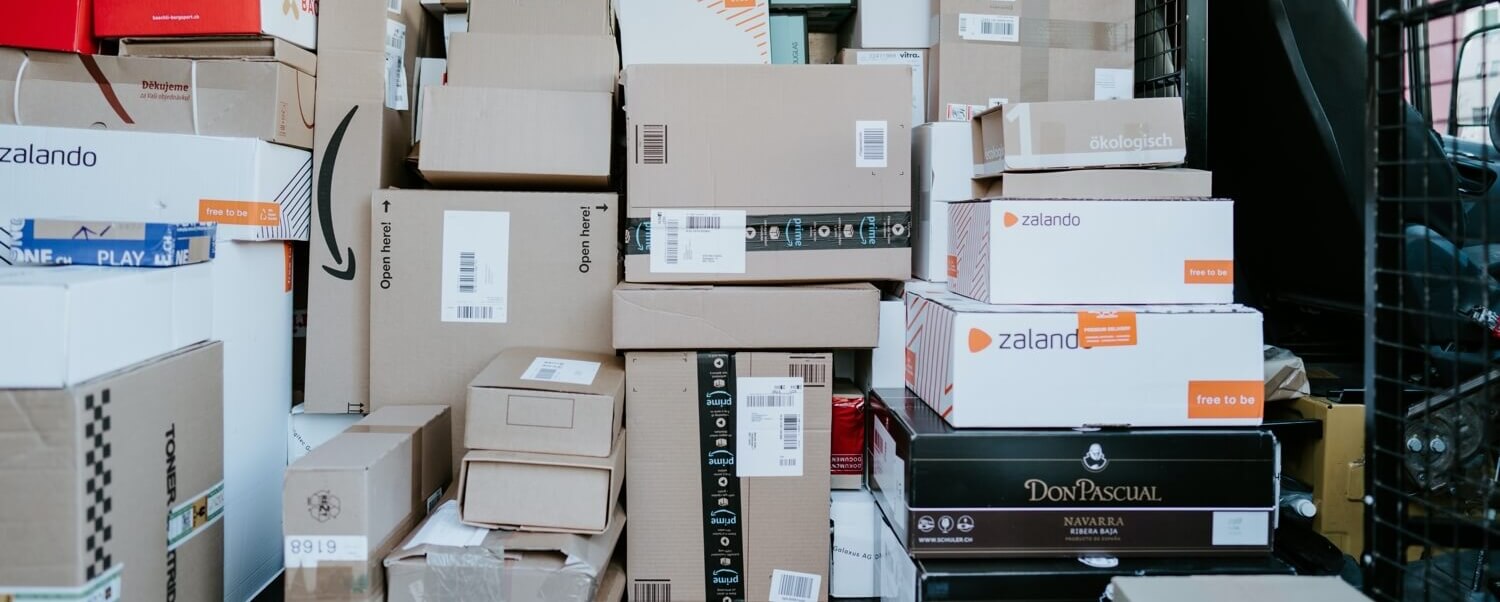Nearly 750,000 sellers globally and more than 250,000 sellers on the U.S. marketplace use the Fulfillment by Amazon (FBA) service, according to Marketplace Pulse research. Amazon’s attempt to prioritize items that are the highest priority for shoppers during the Covid-19 pandemic has sparked panic among those businesses.

On March 17th, the company started prioritizing the stocking of household staples and medical supplies, “so we can more quickly receive, restock, and ship these products to customers,” the company said. However, to do so, Amazon has temporarily disabled shipments for products that do not fall into the essentials or high-demand categories. The company didn’t remove products already stored in its warehouses from selling. But no new inventory was allowed to be shipped to Amazon, potentially causing stock-outs as items continued to sell.
On March 21st, Amazon stopped shipping non-essentials to consumers in Italy and France. “This lets fulfillment center associates focus on receiving and shipping the products customers need most at this time,” the company said. The change was an escalation of Amazon’s priority focus.
On March 22nd, shoppers on Amazon in the U.S., as well as Canada, UK, and other European marketplaces, started noticing that some items were showing delivery estimates 30-days in the future, even if they had a Prime membership. The shipping delay doesn’t appear to be a calculation but rather a hardcoded placeholder since the shopper’s zip code or the location of the Amazon warehouse does not impact it.
“To serve our customers in need while also helping to ensure the safety of our associates, we’ve changed our logistics, transportation, supply chain, purchasing, and third-party seller processes to prioritize stocking and delivering items that are a higher priority for our customers,” Amazon said in an emailed statement. “This has resulted in some of our delivery promises being longer than usual.”

The initial move to prioritize inbound shipments to Amazon wasn’t going to cause notable disruption to the ecosystem. Most sellers have a few weeks of supply stored in Amazon’s warehouses. Thus the number of items selling out because of the inbound ban is small. Most shoppers wouldn’t have noticed stock-outs because the vast marketplace of sellers provides many alternative products.
However, once Amazon started delaying deliveries, the disruption became critical. Because of 30-day long delivery estimates, sales are beginning to decline as shoppers look for alternative products or faster delivery elsewhere. Amazon has long trained shoppers on the value of Prime membership and the convenience of two-day and then next-day delivery. The company erased those expectations, even making some shoppers complain about Prime membership’s failed promises.
Social networks like Twitter started to fill up with complaints on long delivery times since Amazon doesn’t make it clear why it is making such a long delivery estimate. Products only have a small note declaring, “Extended delivery time: This item currently takes longer to ship.” Managing expectations during a crisis is one of Amazon’s responsibilities, but it hasn’t done much.
For sellers and brands, an important issue is the inventory stored in Amazon’s warehouses with delivery estimates that made consumers stop buying from them. They are scrambling to set up alternative warehouses to continue to sell additional inventory, even if now without a Prime badge. But the immovable stock at Amazon still represents a significant asset that has now become illiquid. Given how brittle cashflows are of most of the small businesses selling on Amazon, this is a considerable risk.
Advertisers on Amazon are forced to reduce spending because long-delivery items are less likely to convert to sales at the same rate as they used to, as well as reduce or abandon other marketing methods like lightning deals and coupons. The extended delivery estimate has a cascading effect disrupting many other parts of the Amazon ecosystem.
Vagueness on what makes a high-priority product is the biggest issue. Amazon hasn’t provided a clear definition of how it decides essential vs. non-essential items. Because of that, some products in the same category are showing 30-day delivery while others are still shipping in two days. That created confusion for shoppers and unfairly impacted products that happened to be assigned slower delivery date.
For many people this month, Amazon has become an essential service. Sales on Amazon have increased as more people started working from home, and brick-and-mortar stores closed. Amazon is hiring 100,000 workers to expand warehouse capacity. However, it is also running a marketplace that last year transacted $200 billion worth of products.
Obscure policies around essential items and shipping delays, lack of clear communication from Amazon, as well as any changes yet to come, have created panic for businesses that rely on Amazon for their livelihood. Those businesses employ millions of people trough jobs created by sellers.

